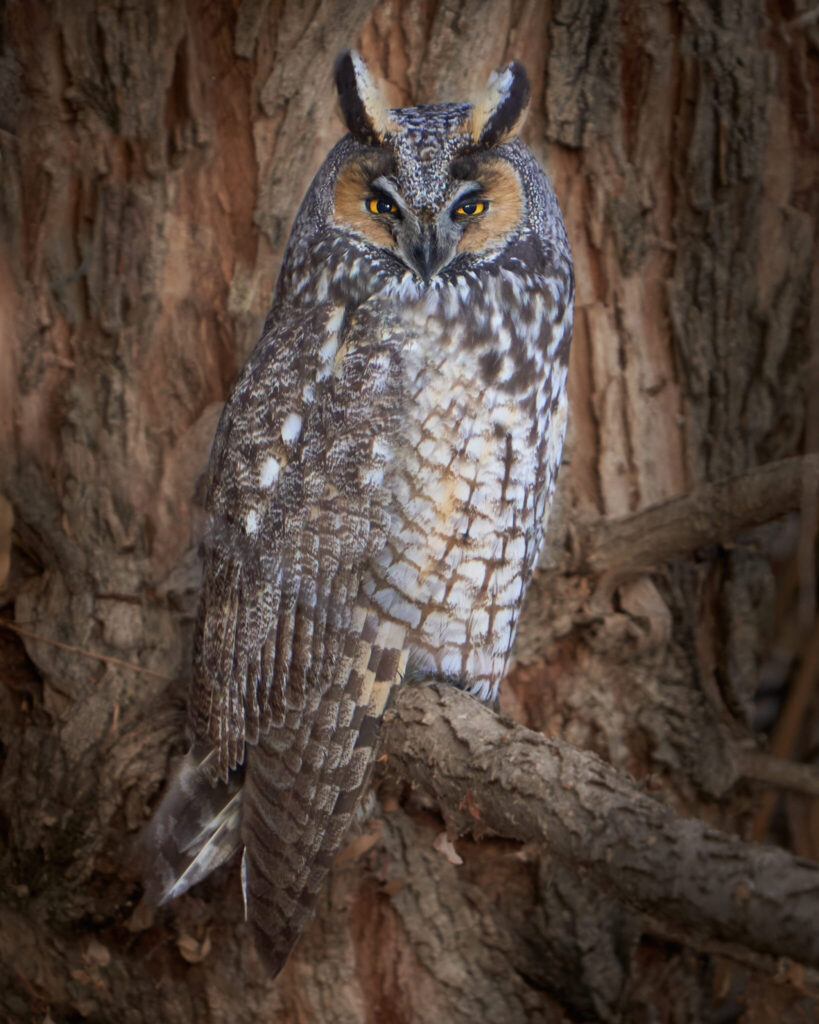I have a confession to make, I am responsible for driving this beautiful Long-eared Owl away from its roosting area.
Actually, it wasn’t just me, but I was part of the problem.
I took this photo with a 600mm lens. I was about 50 feet away, but the owl is staring at me, so I am affecting it at some level.
The owl chose to roost in a tree in an untraveled area, but very close to a parking lot. It was perched on a branch 4 feet off the ground. Being well camouflaged, it was difficult to see the owl until you were within 20 feet (which is WAY too close for the owl’s comfort).
I should have known better, but I told a couple friends about the “secret” location of the owl. Then they told a couple friends about the owl and so on.
Owls are one of those bird species that attracts people like hummingbirds to nectar. The Snowy Owl that appeared in Los Angeles even made the national news!
Within 4 days of the initial Long-eared Owl sighting, I estimate (by looking at eBird reports and various images/comments on FB groups) that over 100 people went to look for the owl. The result was the Long-eared Owl abandoned its roost and has not been seen since.
So what should we do?
Well, there is no one answer, every species of bird has different levels of tolerance of disturbance. Some observations can be shared while others should remain private.
We are very fortunate in the Las Vegas region to have a healthy population of Great-horned Owls that are very tolerant of people (but please treat them with respect as they are beginning their nesting season as I write this). I think many people believe all owls are this tolerant, but they are not.
When Long-eared Owls get flushed by people, they can abandon their roosting site, They could also become food for predators like Red-tailed Hawks and Great-horned Owls. A wildlife biologist recently told me he found the remains of seven Long-eared Owls in one Great-horned Owl’s nest!
Photographers are often the worst group of bird observers. Not only do we want to see the bird, but we want to get close enough to get a “good” photo.
A photographer that sees a bird and takes a photo, then takes a step toward the bird and takes another photo and repeats this until the bird flies away is a person that prioritizes the photo first and bird second.
check out this link for me information about respecting birds, the environment and other people too

